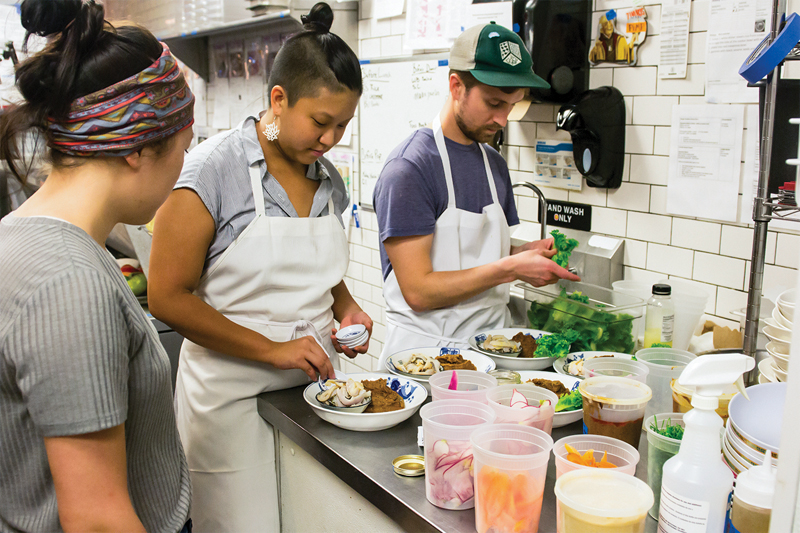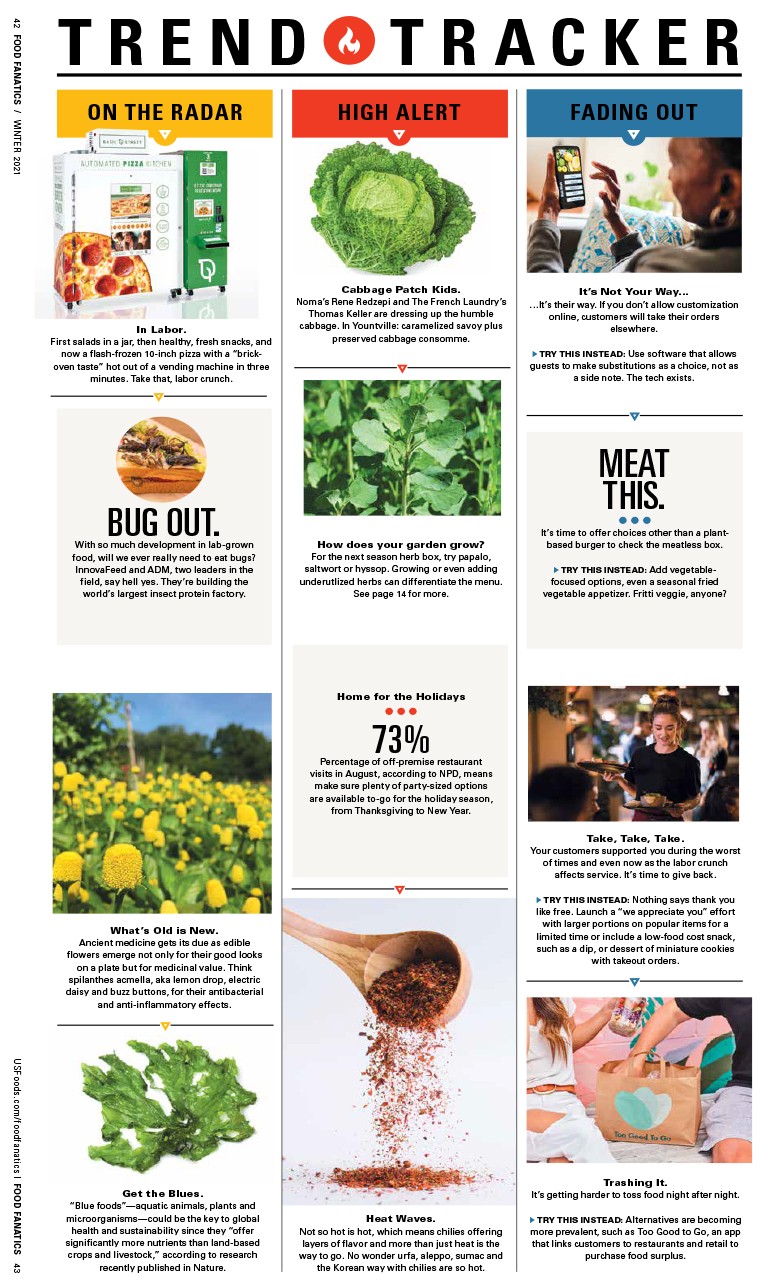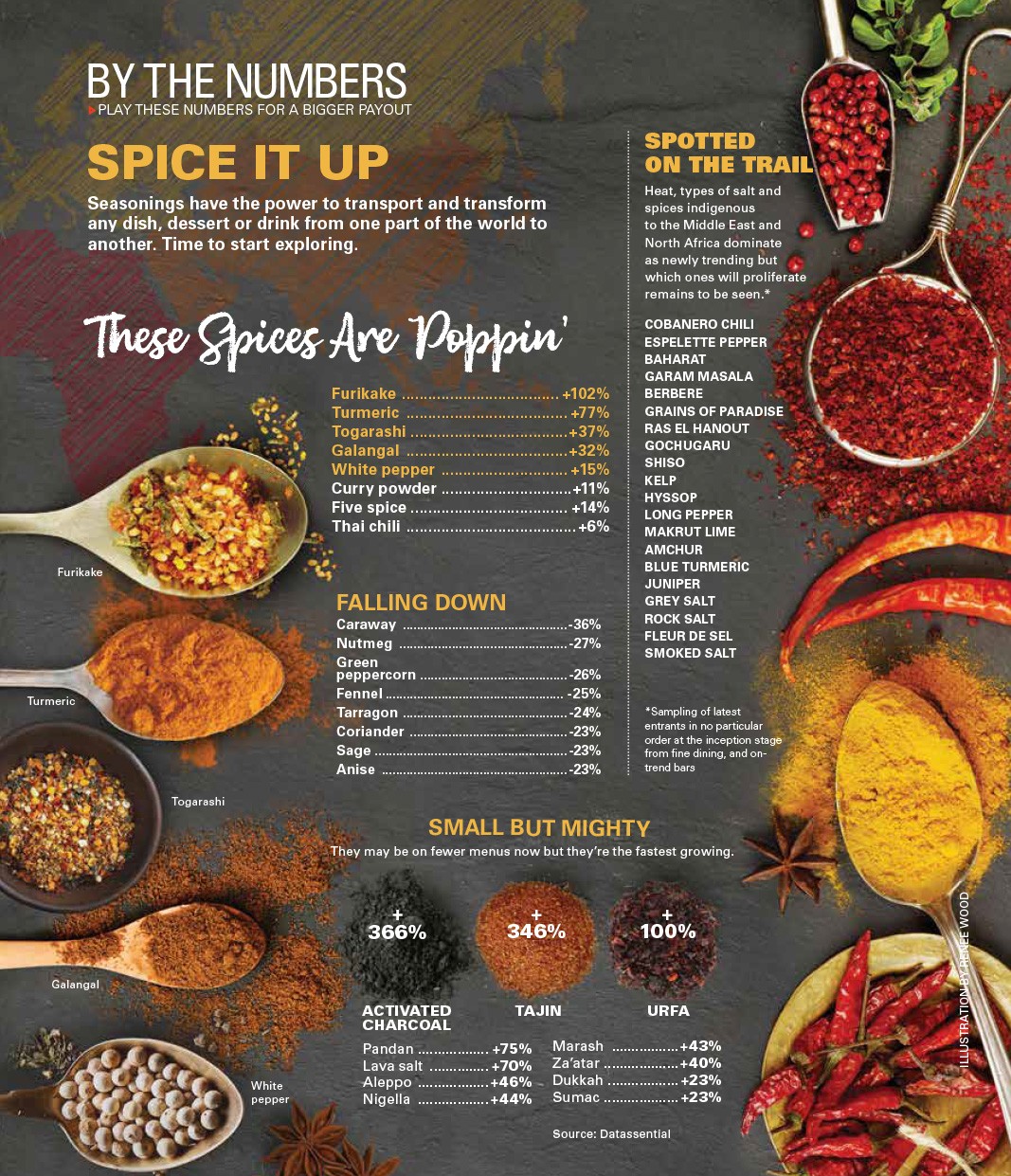Got Culture?
Be transparent and nurture an authentic work culture to boost business
Irene Li is a rising star. Since starting Mei Mei, a food truck specializing in Chinese-American eats, with her siblings in 2012, her business has grown to include a thriving brick-and-mortar restaurant and sauce company. Numerous accolades followed: Eater named Mei Mei Boston Restaurant of the Year and Zagat anointed her with a spot on its national 30 Under 30 list. Li’s secret weapon? A strong organizational culture that clearly communicates its mission, while offering fair compensation, restaurant staff training and employee loyalty-building incentives. “Thirty years ago, restaurant culture was a very corporate idea,” says Salar Sheik, owner of Savory Hospitality Restaurant Consulting in Los Angeles. “An owner or general manager would take a class and come out saying, ‘Okay, we’re going to implement a culture.’ Now everyone is establishing a specific culture from the very beginning – even an ice cream shop with only five employees – because it reflects on their product and their customers.” Sheik says 80 to 90% of problems he solves for clients can be traced to an “I-don’t-give-a-damn” culture. A nurturing, growth-focused ethos, by contrast, can yield a variety of enduring dividends.
CREATE A MISSION STATEMENT
Mei Mei distills its core values into a two-part creed: “A better way to source ingredients, and a better way to employ people.” In practice, this translates into locally sourced, sustainable ingredients and ethical labor practices. “When we conduct interviews, we always ask people why they want to come work here,” Li says. “They need to have a compelling answer – one that aligns with those values. We end up attracting highly educated, passionate people who are looking for a different type of restaurant experience.” Loyalty tends to follow. Li’s restaurant staff members typically stay a year or longer, while her three most senior employees have been at the restaurant all five years. Sheik says, “Every restaurant should have a mission statement, as a guideline for management. But don’t overuse that language – if it’s repeated ad nauseam at the end of every team meeting, it becomes meaningless.”

“When we conduct interviews, we always ask people why they want to come work here,” Li says.“They need to have a compelling answer – one that aligns with those values. We end up attracting highly educated, passionate people who are looking for a different type of restaurant experience.” Loyalty tends to follow. Li’s restaurant staff members typically stay a year or longer, while her three most senior employees have been at the restaurant all five years. Sheik says, “Every restaurant should have a mission statement, as a guideline for management. But don’t overuse that language – if it’s repeated ad nauseam at the end of every team meeting, it becomes meaningless.”
OPEN THE BOOKS
A few years ago, Mei Mei instituted an open-book restaurant-management training program for all staff. Once a week, the entire restaurant staff meets for a class that teaches basic business practices, including how to read Mei Mei’s profit and loss statements. The system teaches valuable skills, while making restaurant employees feel more invested in the restaurant. “So often in restaurants, it feels like the owner or the management versus the employees, and that’s

not a smart way to run a team,” Li says. Employees can see firsthand how much money goes toward covering the business’s high costs and debt – as opposed to the owners’ pockets. Li’s open-book management system also makes running inventive incentive programs easier. Her “Cost of Goods Challenge” asks employees to negotiate better prices with suppliers. Should the restaurant exceed its healthy profit target for the year, a profit-sharing plan kicks in, and additional profits are split equally between all employees. Dishwashers receive the same cut as managers, which motivates everyone to contribute. “We reward them for the money saved in the short-term, and the business continues to save money in the long-term,” Li says.
GIVE RESTAURANT STAFF ROOM TO GROW
“Right now, a lot of the restaurant workforce consists of millennials, who like changes in their routine,” Sheik says. “They get bored easily, so after six to nine months in a given role, often performance goes down.” To keep employees engaged, Phil Krajeck of Rolf & Daughters and Folk in Nashville, Tennessee, methodically rotate kitchen workers so they learn different stations. The restaurant also has many months-long experimental projects, such as developing new sauces and seasonings, which individual employees can spearhead. Every day during restaurant staff lineup meetings, a new technique is demonstrated. Every few months, there’s an in-depth, two-hour educational catered lunch – with handouts – that cover topics like fermentation and all the ways the restaurant uses those ingredients. Krajeck says, “From teaching people how to use every part of an animal and respect it, or how to pickle and ferment the stalks of a vegetable, we want to invest in people and help them learn and grow.”
CULTURE SHOCKTips for creating a positive work culture at your restaurant.
|



